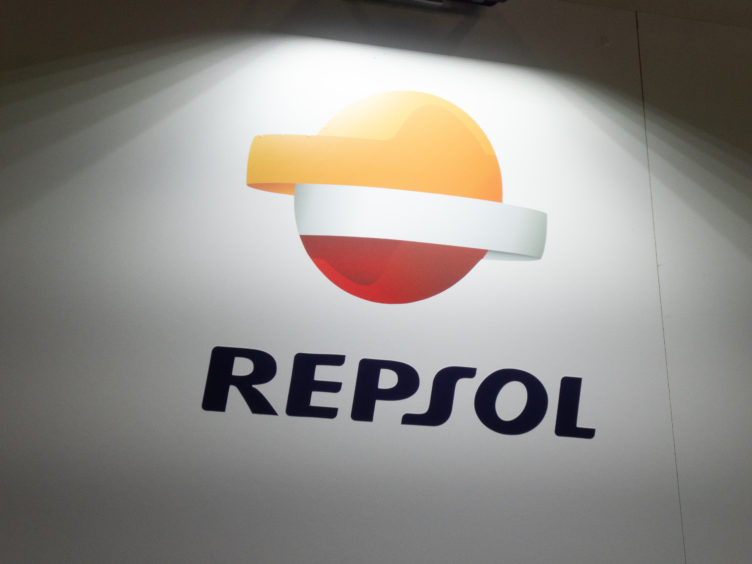
Repsol is studying the potential of a giant geological carbon capture and storage project in Sakakemang in Indonesia.
The proposed scheme will allow the Spanish energy company to capture an estimated 1.5 million to 2 million tonnes of carbon dioxide every year, associated with the development of its Sakakemang Block natural gas reserves starting in 2026.
Repsol, which operates the Sakakemang Block, said it is studying the potential to inject carbon dioxide into the Dayung and Gelam fields within the nearby ConocoPhillips-operated Corridor Block. Repsol holds a 36% stake in Corridor.
Repsol hopes that all the carbon dioxide produced from the future development of its entire Sakakemang field, as well as carbon dioxide produced by Corridor, can be captured and re-injected, leading to a substantial decrease of Indonesia’s emissions.
In 2019, Repsol announced that it had made a giant gas discovery in the onshore Sakakemang Block in South Sumatra following the drilling of its Kali Berau Dalam (KBD) 2X well. It was claimed to be the largest gas find in 18 years in Indonesia.
Preliminary estimates signal KBD holds 56.6 billion cubic metres (bcm) of recoverable resources. The field could produce around 3.1 bcm/year – equivalent to 2.25 million tonnes per year of LNG – for 15 years.
Significantly, the discovery lies just 25 kms from the Grissik gas plant. The plant primarily gathers and processes the output from the Corridor concession before sending the processed gas to buyers in Sumatra, West Java and Singapore.
Conoco and its partners, Pertamina and Repsol, are seeking more gas to extend the life of Corridor.
Repsol operates Sakakemang on behalf of partners Petronas and Mitsui Oil Exploration (MOECO).
